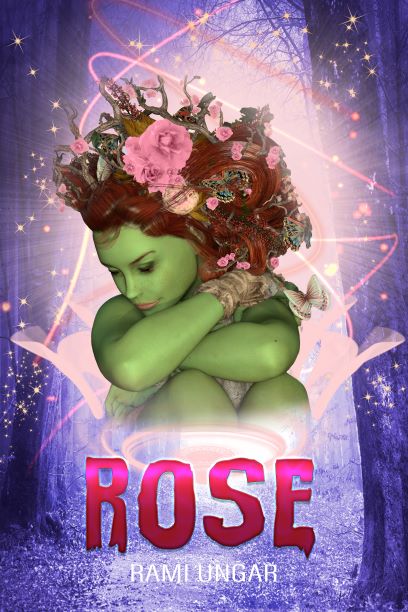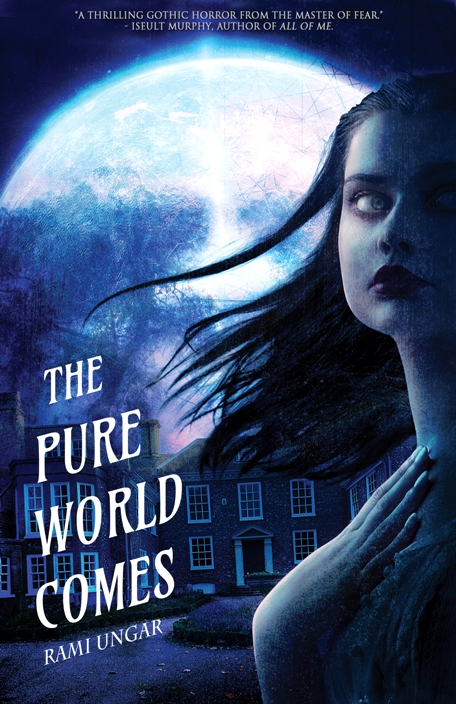
On this month's Special Page:
Novelist Rami Unger explains how horror can be comforting...yes, you read that right!

Rami Ungar is a novelist from Columbus, Ohio specializing in horror and dark fantasy, and is the author of five books. His most recent one is Hannah and Other Stories, and he has a sixth book on the way. He has published short stories and articles in a variety of publications and anthologies, including Happy Hellidays from Hellbound Books, The Solar Press Horror Anthology Volume I from Solar Press Books, The Jewish Book of Horror from the Denver Horror Collective, Space & Time Magazine, Interstellar Flight Press Magazine, House of Stitched magazine, The Dark Sire Literary Magazine, and Tea, A Magazine, among others. When not writing, Rami enjoys reading, following his many interests and hobbies, and giving people the impression he's not entirely human.
SCARY CATHARSIS:
HOW HORROR SOOTHES BOTH READER AND AUTHOR
by Rami Ungar
I find comfort in horror, both as a fan and as an author.
I know how strange and even backwards or even nonsensical that sounds. After all, horror is a genre famous for wanting to terrify and frighten both fans and non-fans alike. Whether the horror comes from shapeshifting killer clowns (IT by Stephen King), primordial god-like entities directing their followers through dreams (The Call of Cthulhu by H.P. Lovecraft), or from a woman torturing her niece in the basement of her suburban home (The Girl Next Door by Jack Ketchum), how could anyone find this genre comforting or therapeutic? Isn’t part of the point of horror just to be scary and to scare other?
Well, yes, that’s true. But as it turns out, many horror fans find their beloved genre to be as soothing as it is terrifying. In a study published in The Journal of Media Psychology [1], researchers studied both American and Danish horror fans who went through haunted house attractions, and found that horror fans could be divided into three broad categories: Adrenaline Junkies, White Knucklers, and Dark Copers. Adrenaline Junkies see horror as others see rollercoaster rides: a source of thrills to liven up their boring lives via anticipation followed by participation. White Knucklers, meanwhile, see horror as a challenge to get through, and enjoy the sense of accomplishment they receive from getting through it.
As for the last group, the Dark Copers, horror serves as an escape from the current problems of the world as well as a form of entertainment. For these fans, horror provides both reassurance and a restoration from life’s difficulties, reminding them that their own life isn’t as bad as it could be and helping with feelings of anxiety and depression. At the same time, there’s the chance to enjoy being scared while also being removed at a safe distance from the terrifying events of the horror story.
In other words, Dark Copers find horror to be therapeutic.
Not only that, but there is a subgenre of horror dedicated to bringing about this sort of catharsis in its readers. “cozy horror,” as it has come to be known, is a genre akin to cozy mystery or cozy romance, in that it aims to give readers a slight thrill while also keeping them at a far distance from the horror of the story, so they don’t become too terrified. This is done by either setting the story in a historical era or making the horror so fantastical or unlikely to occur in our modern-day world that the reader feels assured that the events of the story can never happen to them.
Cozy horror is still somewhat a controversial a topic, as many horror fans take pride in their dark and subversive genre and balk at the idea that anything about horror can be considered “cozy.” Not only that, but Dark Copers may prefer any number of subgenres other than cozy horror, or even no subgenre at all, and still find the genre therapeutic. Even so, the very existence of the subgenre shows that, for many fans, horror is a form of self-care.
And this isn’t just true of the fans. It’s true of the horror creators themselves:
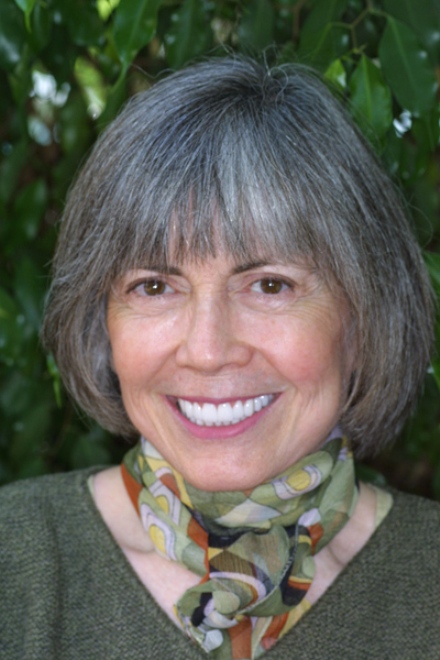
Above: Anne Rice
Nowadays, Anne Rice’s Interview with the Vampireis considered one of the most famous depictions of vampires since Dracula, as well as permanently changing how vampires are perceived and treated within literature. However, not as many people are aware that the novel started out as a thirty-page short story that Rice was not having much success finding a home for. It wasn’t until the death of her daughter from leukemia, though, that Rice decided to add a vampire forever stuck in the body of a child named Claudia. Having spent the last two years drinking in grief, Claudia’s addition to the expanding story allowed Rice, through the viewpoint of protagonist Louis, to work through her feelings of grief and stop using alcohol.
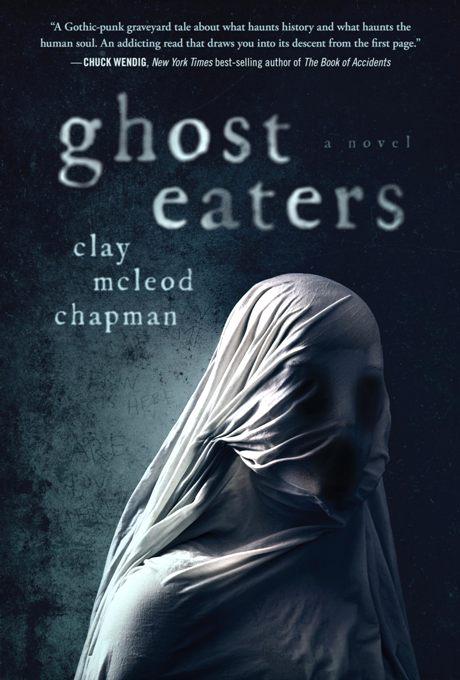
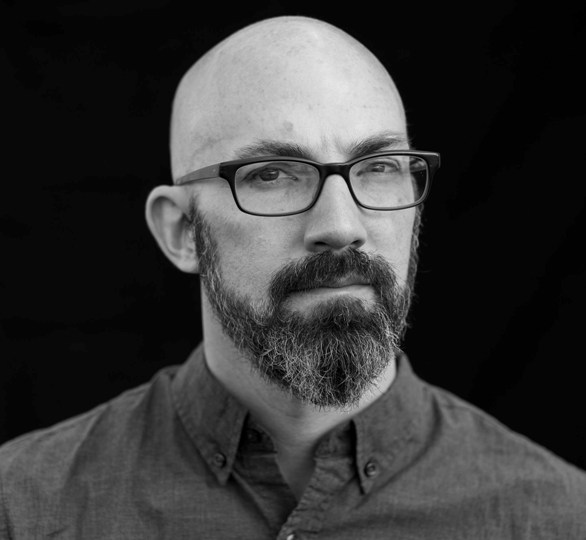
Above: Clay McLeod Chapman
And this is not a one-time occurrence of writing horror to process grief or trauma. Speaking at the Drug Addiction and Horror panel at StokerCon in 2023, author Clay McLeod Chapman spoke about some of the inspiration behind his then-recent novel, Ghost Eaters. Breaking down in tears in front of the audience, Chapman explained how some of the scenes in the novel, particular the intervention scene, were inspired by the real addiction of a friend of his who lost his battle to drugs.
I was sitting in the audience of the panel that day. I remember watching this grown man, whom a few days before I’d witnessed give the most hilarious reading from one of his other stories, lay his soul bare for us, and I could feel how much pain and regret over the death of this friend he still felt. At the same time, from the way he was able to talk about his experiences and the death of his friend, I could see that writing them into a horror story made those emotions a bit easier to carry with him.
And the application of horror as a therapeutic tool can be used for more than just processing grief. Mental illness, disability, traumatic life events, and overwhelming current events can all be worked through horror stories, either by writing them or just enjoying them. Over the years, I’ve had the pleasure of meeting many horror writers, and many of them have revealed, both in person and in public discourse or interviews, how they translated their daily struggles or the problems they were going through at the time into stories, thus making them a little easier to deal with.
Horror doesn’t just help with dealing with past or present issues. It can also help with future challenges:
In 2016, a young woman from California was attacked with a knife by her mother’s ex-husband, a violent conman and stalker. She was able to save herself by knocking the knife out of his hand and then performing a move she’d seen on The Walking Dead to kill him. She later survived her injuries in part due to copying the show’s defensive tactics against zombies [2].
Now, horror doesn’t usually prepare you for such dire situations. But it is possible for the genre to give fans and creators the tools to deal with current and future predicaments. Today, many horror authors belong to various minority groups and are writing stories that increasingly feature characters and issues from their own communities. To these authors—whether they be BIPOC, LGBT, Asian, Hispanic, Jewish, Muslim, or disabled—doing so is both therapeutic and a way to fight back against anxieties of prejudice or erasure, as well as call attention to issues they feel are important to their community. And sometimes, they can find solutions to those real-life issues they face through the fictional travails of their characters.
This doesn’t just apply to horror creators. Horror fans may, through reading a book or watching a movie, may find the means to face anxieties, recognize toxic or harmful individuals in their social circles, or even get inspired to tackle problems they feel passionate about. As media critic and author Lindsay Ellis notes in her video essay on Anne Rice, “As her books became worldwide bestsellers, the outcasts Anne Rice wrote about resonated wildly with audiences who saw themselves depicted in the characters, despite their supernatural natures. Or maybe even because of them.” [3] This includes readers who are queer, who struggle with drug addiction or disability, and who just in general felt like outcasts, allowing them to feel more comfortable with who they are rather than ashamed.
And this is just with Anne Rice’s vampires. With thousands of authors writing stories based around an endless supply of horrors and bringing their own life experiences to their works, the possibilities for positive outcomes and takeaways are endless. Which, when you consider how critics often claim horror can only cause violence and depravity, is wonderful to know.
While for many people, horror fiction might be too scary to ever try, or something disgusting that only deviants can enjoy, for others, horror is a safe space. It is a way to quiet the pain of the past, to soothe the anxieties of the present, and to give us both the strength and the tools to deal with the future. In other words, it is a form of therapy. A most remarkable and unique form, but still a form of therapy, and one that can work well with traditional methods such as counseling and psychiatric intervention.
Best of all, the cost can be as cheap as a library card, a few hours of your time, and the desire to use your imagination to explore and heal.
[1] “The Psychological Benefits of Scary Play in Three Types of Horror Fans” by Coltan Scrivner, Marc Malmdorf Andersen, Uffe Schjødt, and Matthias Closen, The Journal of Media Psychology Volume 35 Issue 2, March 2023
[2] “Woman who killed real-life ‘Dirty John’ channeled ‘Walking Dead’ when he attacked, how she’s doing today,” by Claire Pederson, Eamon McNiff, and Lauren Effron, ABC News.com, January 31, 2019
[3] “Anne Rice: The Queen of the Literary Monsters,” Storied YouTube Channel, January 6, 2021
.jpg)
